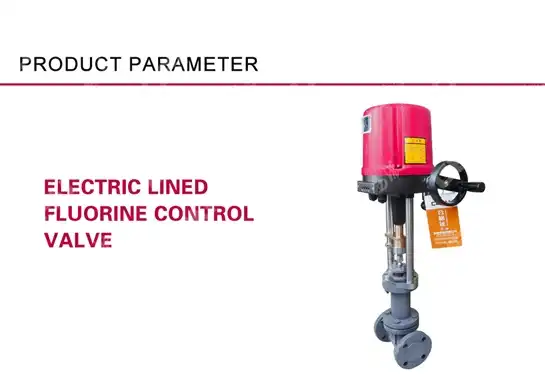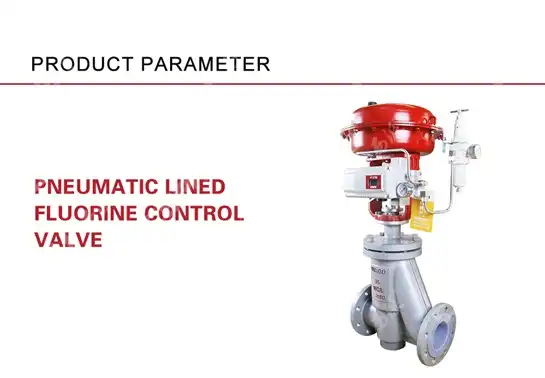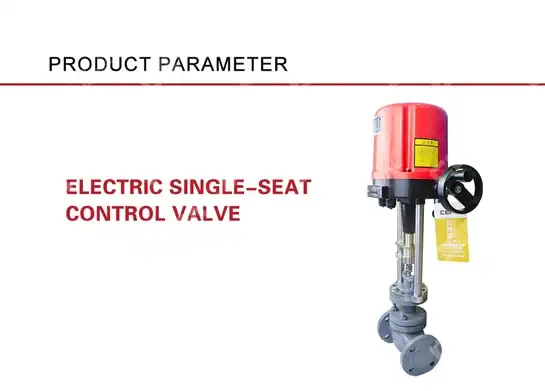The Guide to Flow Control: Using Pneumatic Valves for Precise Regulation
In industrial automation systems, achieving precise flow control remains one of the most critical challenges faced by engineers and system operators. When fluid control systems fail to deliver accurate regulation, production processes suffer from inconsistent quality, increased waste, and potential safety hazards. The Guide to Flow Control: Using Pneumatic Valves for Precise Regulation addresses these critical pain points by providing comprehensive insights into leveraging pneumatic valve technology for optimal flow management. This guide serves as an essential resource for professionals seeking to implement reliable, efficient, and cost-effective flow control solutions in their operations. Whether you're dealing with complex chemical processes, oil and gas applications, or manufacturing systems, understanding how to properly utilize pneumatic valves for precise regulation can dramatically improve your operational efficiency and reduce costly downtime incidents.
Understanding Pneumatic Valve Fundamentals for Flow Control
Pneumatic valves represent the cornerstone of modern industrial flow control systems, offering unparalleled precision and reliability in managing fluid dynamics across diverse applications. These sophisticated devices utilize compressed air to actuate valve mechanisms, providing rapid response times and exceptional control accuracy that traditional mechanical systems cannot match. The fundamental operation of a pneumatic valve relies on the conversion of pneumatic energy into mechanical motion, enabling precise positioning of internal valve components to achieve desired flow characteristics. Modern pneumatic valve designs incorporate advanced materials such as stainless steel grades 304, 316, and specialized alloys like WCB, WC6, and CF8M to ensure optimal performance in challenging environments. The engineering principles behind pneumatic valve operation center on the relationship between air pressure, valve position, and flow rate. When compressed air enters the actuator chamber, it creates a force differential that moves the valve stem and internal trim components. This movement directly correlates to changes in flow area, allowing operators to achieve precise flow control ranging from complete shutoff to maximum flow capacity. Advanced pneumatic valves feature pressure-balanced valve cores that eliminate the effects of upstream and downstream pressure variations, ensuring consistent control performance regardless of system conditions. The integration of PTFE V-shaped packing, flexible graphite seals, and specialized filling materials ensures long-term reliability and minimal leakage, critical factors in maintaining system integrity.
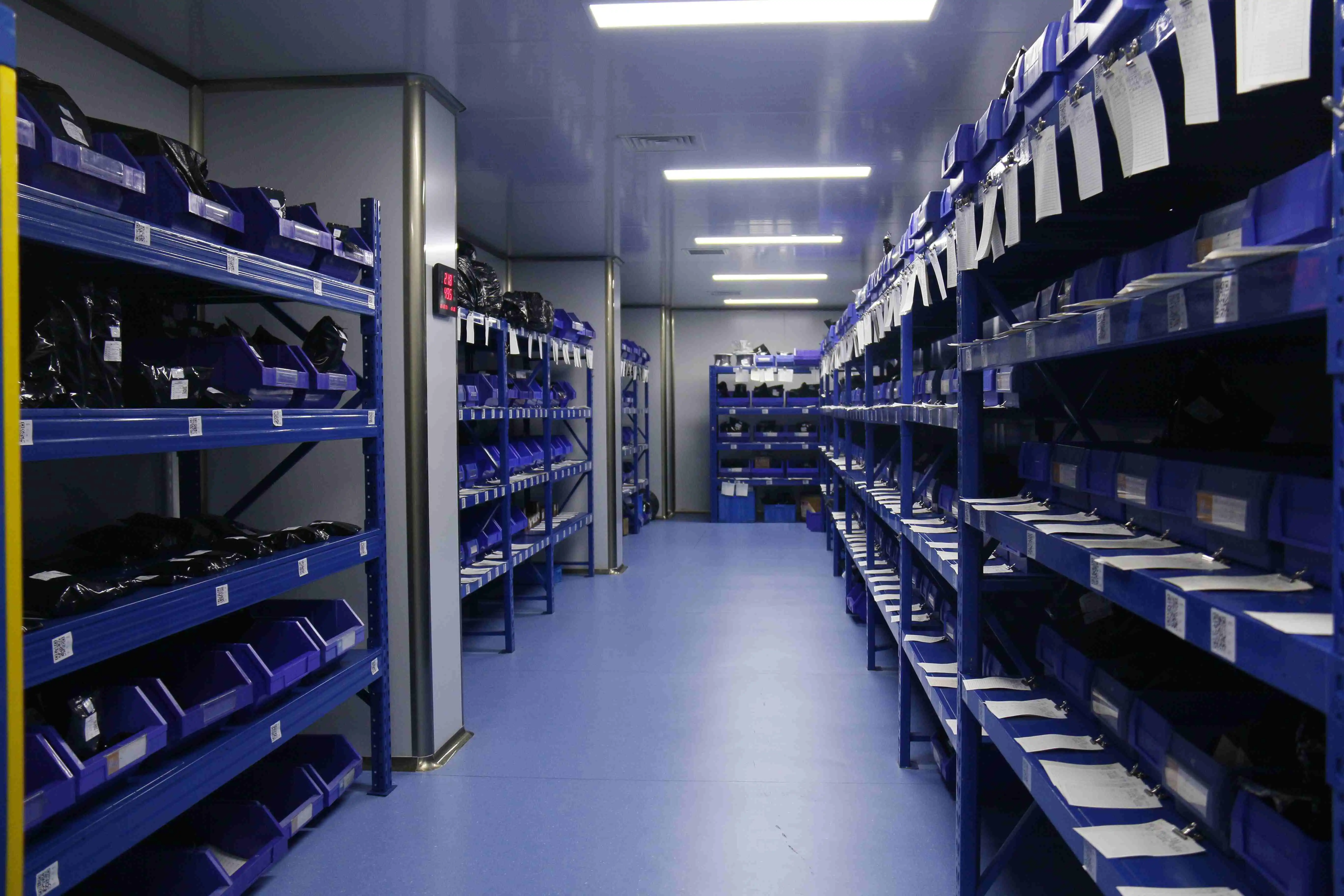
-
Key Components of Pneumatic Valve Systems
The anatomy of a high-performance pneumatic valve system encompasses several critical components that work in harmony to deliver precise flow regulation. The valve body serves as the primary flow path, typically manufactured from robust materials like WCB or specialized alloys to withstand operational pressures ranging from PN16 to ANSI 600 class ratings. Internal valve components include the valve core, seat, and trim elements, which determine the valve's flow characteristics and control precision. The valve core configuration, whether designed for equal percentage or linear flow characteristics, directly impacts the valve's ability to provide proportional flow changes relative to control signal variations. Pneumatic actuators form the heart of the valve's control mechanism, converting compressed air pressure into mechanical force for valve operation. Modern film-type actuators utilize ethylene-propylene rubber diaphragms reinforced with nylon to provide reliable operation across temperature ranges from -30°C to +70°C. The spring range specifications, typically available in 20-100KPa, 40-200KPa, and 80-240KPa configurations, allow for customization based on specific application requirements. Air supply pressure capabilities ranging from 140KPa to 400KPa ensure adequate force generation for proper valve operation even under adverse conditions. The actuator's fail-safe design enables automatic valve positioning during air supply failures, providing critical safety protection for sensitive processes.
Selecting the Right Pneumatic Valve for Precise Applications
The selection process for pneumatic valves in precision flow control applications requires careful consideration of multiple engineering factors that directly impact system performance and reliability. Fluid medium characteristics represent the primary selection criterion, as different fluids exhibit varying properties in terms of viscosity, temperature, pressure, and chemical compatibility. For instance, when handling corrosive chemicals, valve body materials must possess adequate corrosion resistance, necessitating the use of specialized alloys like CF8 or CF8M for optimal longevity. The operating temperature range significantly influences material selection and seal configuration, with standard applications accommodating temperatures from -17°C to +230°C, while specialized applications may require extended temperature capabilities. Flow capacity requirements determine the appropriate valve size and trim configuration needed to achieve desired flow rates while maintaining precise control resolution. Pneumatic valves are available in nominal diameters ranging from DN15 to DN400mm, with each size offering specific flow coefficients (Cv values) that define the valve's flow capacity at various opening positions. The pressure rating selection must account for both static and dynamic pressure conditions, with available ratings including PN16, PN40, PN64, and ANSI 150, 300, 600 classes to accommodate diverse system requirements. Control signal compatibility ensures seamless integration with existing automation systems, with options including 4-20mADC signals, digital communication protocols, and pneumatic control signals.
-
Installation and Configuration Best Practices
Proper installation and configuration of pneumatic valves are essential for achieving optimal flow control performance and maximizing operational lifespan. The valve orientation and piping configuration significantly impact flow characteristics and control stability, requiring careful attention to manufacturer specifications and industry best practices. Straight pipe runs upstream and downstream of the valve help minimize turbulence and ensure accurate flow measurement and control. The pneumatic valve should be installed with adequate clearance for maintenance access and actuator operation, considering the full stroke length and any auxiliary equipment such as positioners or limit switches. Pneumatic supply system design plays a crucial role in valve performance, requiring clean, dry air at consistent pressure levels to ensure reliable operation. Air filtration and pressure regulation equipment should be installed upstream of the valve actuator to remove contaminants and maintain stable supply pressure. The pneumatic connections, typically featuring Rc1/4 or Rc3/8 fittings, must be properly sealed and supported to prevent air leaks that could compromise control accuracy. Proper grounding and electrical connections for electric actuator models ensure safe operation and compliance with applicable safety standards, particularly in hazardous environments where explosion-proof designs may be required.
Advanced Control Strategies with Pneumatic Valves
Modern pneumatic valve control strategies leverage sophisticated technologies to achieve unprecedented levels of flow regulation precision and system responsiveness. Proportional control techniques utilize continuous position feedback and advanced control algorithms to maintain precise valve positioning regardless of process disturbances or load variations. Smart positioners equipped with digital communication capabilities enable remote monitoring and diagnostics, providing real-time insights into valve performance and predictive maintenance requirements. These intelligent devices can automatically compensate for valve wear, packing friction, and actuator aging to maintain consistent control performance throughout the valve's operational life. Cascade control implementations combine pneumatic valve control with upstream and downstream process variables to achieve superior regulation performance in complex systems. For example, in chemical processing applications, a pneumatic valve may receive control signals based on both flow rate feedback and downstream pressure measurements to maintain optimal process conditions. Advanced control strategies also incorporate feedforward compensation to anticipate process disturbances and make preemptive valve adjustments, significantly reducing control deviation and improving overall system stability. The integration of pneumatic valves with distributed control systems (DCS) and programmable logic controllers (PLC) enables sophisticated control schemes that optimize both individual valve performance and overall system efficiency.
-
Maintenance and Troubleshooting Guidelines
Preventive maintenance programs for pneumatic valves are essential for ensuring long-term reliability and optimal performance in precision flow control applications. Regular inspection schedules should include visual examination of valve body condition, actuator housing integrity, and pneumatic connections for signs of wear, corrosion, or damage. Packing adjustment and replacement represent critical maintenance activities, as worn or improperly adjusted packing can lead to stem leakage and reduced control accuracy. The PTFE V-shaped packing commonly used in high-performance pneumatic valves typically requires adjustment or replacement based on operating hours and environmental conditions. Actuator maintenance involves periodic inspection of diaphragm condition, spring integrity, and pneumatic connections to ensure proper force generation and valve positioning accuracy. Calibration verification should be performed regularly using precision test equipment to confirm that valve position corresponds accurately to control signals across the full operating range. When troubleshooting pneumatic valve control issues, systematic diagnostic procedures should examine air supply quality, control signal integrity, and mechanical components in sequence to isolate and resolve problems efficiently. Common issues such as sluggish response, control oscillation, or positioning inaccuracy can often be traced to contaminated air supply, worn packing, or improperly calibrated positioners.

Industry Applications and Case Studies
Pneumatic valves find extensive application across numerous industries where precise flow control is paramount to operational success and safety. In petrochemical processing facilities, pneumatic valves regulate the flow of hydrocarbons, chemicals, and process fluids with exceptional accuracy and reliability. These applications often require compliance with stringent safety standards such as API 6A, API 6D, and API 16C certifications, ensuring that valves can withstand extreme pressures and temperatures while maintaining leak-tight performance. The oil and gas industry relies heavily on pneumatic valve technology for wellhead control, pipeline regulation, and refinery processes, where failure could result in catastrophic safety and environmental consequences. Power generation facilities utilize pneumatic valves for steam control, cooling water regulation, and emission control systems, where precise flow management directly impacts plant efficiency and environmental compliance. The ability of pneumatic valves to provide rapid response times and fail-safe operation makes them ideal for emergency shutdown systems and safety-critical applications. In water treatment plants, pneumatic valves control chemical dosing, flow distribution, and pressure regulation with precision levels that ensure consistent water quality and regulatory compliance. Manufacturing industries benefit from pneumatic valve technology in applications ranging from spray coating systems to material handling processes, where flow control accuracy directly impacts product quality and production efficiency.
-
Emerging Technologies and Future Trends
The evolution of pneumatic valve technology continues to advance with the integration of Industry 4.0 concepts and smart manufacturing principles. Wireless communication capabilities are being incorporated into pneumatic valve systems, enabling remote monitoring and control without the need for extensive wiring infrastructure. These systems can provide real-time performance data, predictive maintenance alerts, and remote diagnostics capabilities that reduce maintenance costs and improve system reliability. Artificial intelligence and machine learning algorithms are being developed to optimize valve performance automatically, learning from historical operating data to predict optimal control parameters for varying process conditions. Digital twin technology represents another frontier in pneumatic valve development, allowing engineers to create virtual models of valve systems for simulation, testing, and optimization purposes. These digital representations enable predictive analysis of valve performance under various operating scenarios, facilitating better design decisions and maintenance planning. The integration of advanced materials science continues to expand the capabilities of pneumatic valves, with new alloys and composite materials providing enhanced corrosion resistance, temperature tolerance, and mechanical properties. Environmental sustainability considerations are driving the development of more energy-efficient pneumatic valve designs that reduce compressed air consumption while maintaining or improving control performance.
Conclusion
Pneumatic valves represent a critical technology for achieving precise flow control across diverse industrial applications. Their combination of rapid response, fail-safe operation, and exceptional accuracy makes them indispensable for modern process control systems. Proper selection, installation, and maintenance ensure optimal performance and long-term reliability in demanding operational environments.
Cooperate with CEPAI Group Co., LTD.
Partner with CEPAI Group Co., LTD., a leading China Pneumatic Valve manufacturer and China Pneumatic Valve supplier since 2009. As a trusted China Pneumatic Valve factory, we offer High Quality Pneumatic Valves with competitive Pneumatic Valve prices. Our China Pneumatic Valve wholesale solutions include OEM customization and comprehensive technical support. With API certifications, intelligent manufacturing capabilities, and proven supplier qualifications for major energy companies, CEPAI delivers reliable Pneumatic Valves for sale worldwide. Contact our experienced team at cepai@cepai.com for your precision flow control requirements and discover why leading companies choose CEPAI as their preferred partner for advanced valve solutions.
References
1. Smith, J.A. & Johnson, R.B. (2023). Pneumatic Control Systems: Theory and Applications. Industrial Press.
2. Chen, L.M., et al. (2024). "Advanced Flow Control Technologies in Process Industries." Journal of Process Control Engineering, Vol. 45, No. 3.
3. Williams, P.K. & Davis, M.E. (2022). Valve Engineering: Design, Operation and Maintenance. McGraw-Hill Professional.
4. International Society of Automation (2023). ANSI/ISA-75.05 Control Valve Terminology. ISA Standards and Practices Department.
_1745994738000.webp)
Get professional pre-sales technical consultation and valve selection services, customized solution services.
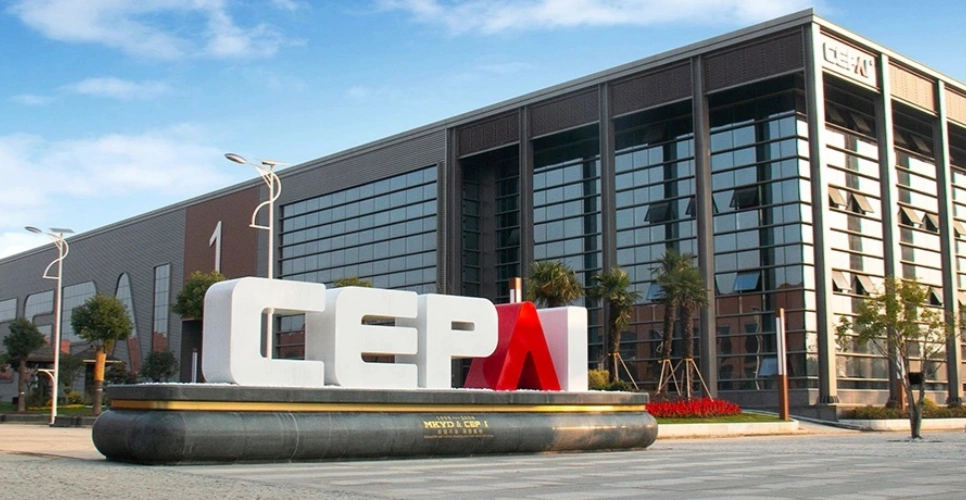
About CEPAI
